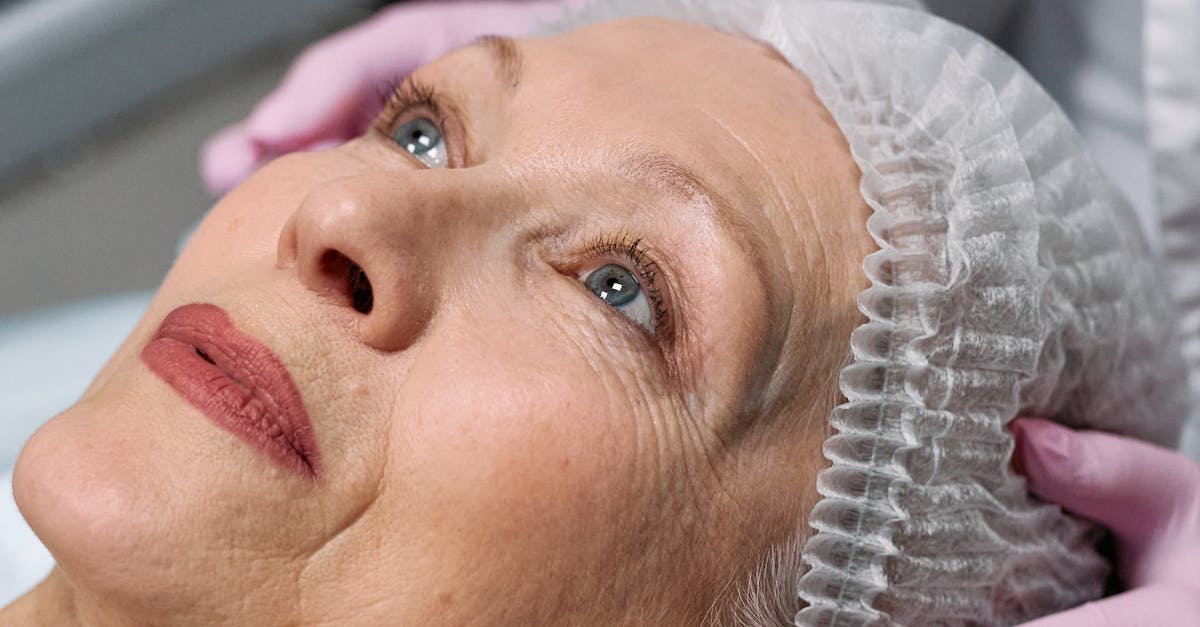
es such as weightlifting or pilates can help build muscle definition and improve body contours. By staying committed to a healthy lifestyle that includes proper nutrition and physical fitness, individuals can achieve optimal results from their body contouring procedures.
Safety and Risks
When considering body contouring procedures to target stubborn fat areas, it is important to be aware of the safety aspects and potential risks involved. While body contouring treatments are generally deemed safe, like any medical procedure, there can be risks and side effects that patients should be informed about. It is crucial for individuals considering body contouring to thoroughly discuss these aspects with their healthcare provider to make an informed decision.
Some potential side effects of body contouring procedures may include temporary redness, swelling, bruising, or discomfort at the treatment sites. In rare cases, more serious complications such as infection, scarring, or changes in sensation could occur. These risks can be minimized by ensuring the procedure is performed by a qualified and experienced healthcare provider in a reputable facility, and by following all post-procedure care instructions carefully. It's essential for individuals to understand both the potential benefits and risks associated with body contouring to manage expectations and achieve the desired outcomes safely.
Potential side effects to be aware of
It is important to be aware of potential side effects that may arise from body contouring procedures. While these side effects are usually temporary and minor, they can include swelling, bruising, and soreness in the treated areas. Some individuals may also experience numbness or tingling sensations, which typically subside as the body heals.